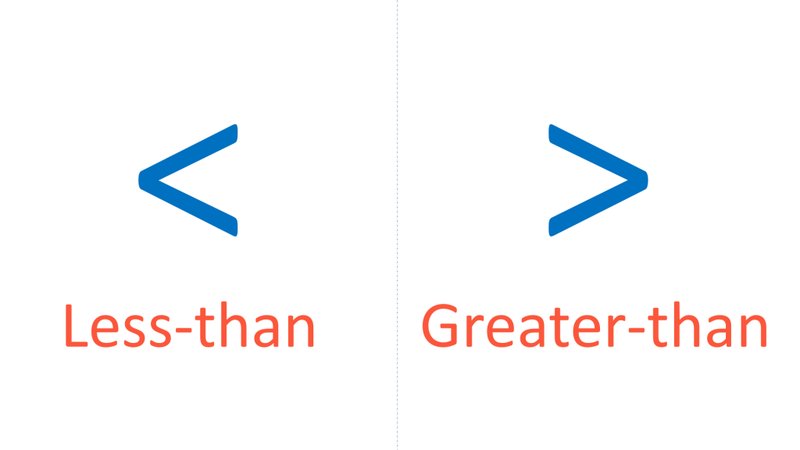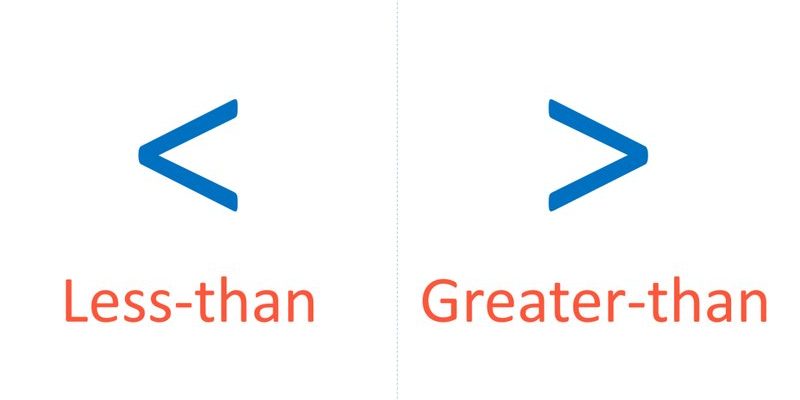
Imagine being a young kudu, navigating a world full of predators, while your mom is constantly on the lookout. Greater kudus have some fascinating strategies for raising their young, which ensure that the next generation thrives. Let’s dive deep into the unique ways these beautiful animals take care of their calves, and why it’s so important for their survival in the wild.
The Bond Between Mother and Calf
The relationship between a greater kudu mother and her calf is incredibly strong. When a calf is born, its mother is deeply protective. This bond is not just about love; it’s about survival. Kudu mothers know that every moment counts, especially in a world where predators lurk around every corner.
After giving birth, a mother will typically hide her calf in tall grass or dense bushes. This camouflage protects the young one from predators like lions and hyenas. It’s almost like a game of hide-and-seek, where the calf must stay silent and still. Meanwhile, the mother stands guard nearby, ready to fend off any threats.
This close-knit bond means that if a calf feels threatened, it will instinctively seek its mother’s side. Their communication is subtle but essential; a flick of the ear or a soft call can send signals back and forth, keeping both mother and calf aware of their surroundings.
Feeding and Nutrition for Growing Calves
Young greater kudus are typically born weighing between 20 to 30 pounds. In order to grow strong and healthy, they need proper nutrition. For the first few weeks, calves rely solely on their mother’s milk. This high-protein resource is crucial for their development, providing all the nutrients they need to grow.
As they start to venture out more, these little ones begin to nibble on grasses, leaves, and shoots. You might be surprised to learn that greater kudus are browsers, meaning they prefer eating leaves from bushes and trees rather than grazing on grass. This diet helps them stay nourished and strong as they learn to fend for themselves.
Interestingly, the mothers take a strategic approach to feeding. They often choose feeding locations that offer protection and cover. That way, calves can munch on delicious greens while still being safe from potential dangers. It’s like a buffet in a well-guarded restaurant!
Teaching Survival Skills
As calves grow, their mothers begin teaching them essential survival skills. This training is crucial, as it helps the young kudus become independent. Mothers guide their calves through various terrains and habitats, showing them where to find food and water and how to navigate their surroundings.
You might be wondering how they do this. It usually starts with short walks away from the hiding place. The mothers lead their calves to areas where they can safely practice foraging and moving about. During these lessons, calves learn to be aware of their surroundings and to recognize signs of danger like rustling leaves or other animals’ alerts.
Additionally, mothers teach their young about social interactions. Kudus are known for their gentle nature, and this is often observed in their social structures. Young kudus learn to communicate with each other through body language and soft vocalizations, helping them form bonds with peers as they grow.
The Role of Camouflage in Raising Young
Camouflage plays a significant role in how greater kudus protect their young. With their slender bodies and muted colors, adult kudus blend seamlessly into their natural surroundings. This trait is crucial, especially for mothers who hide their calves in the wild.
The light tan color of a young kudu’s coat helps it stay hidden from predators. When a calf is born, it has white spots that help break up its outline in the grasslands, making it harder to spot. It’s almost as if nature has equipped young kudus with an invisibility cloak!
Mothers also understand the importance of choosing the right hiding spots. They’re incredibly attentive to their surroundings, often moving their calves to new locations as needed. This constant vigilance ensures that the calves remain undetected while they grow and learn, giving them the best chance at survival.
Protection from Predators
Predators are a constant threat in the wild, and greater kudus have developed several ways to protect their young. Beyond camouflage, greater kudus rely on their acute senses. Their large ears can pick up the faintest sounds, alerting them to incoming danger.
When a predator is near, mother kudus have a variety of tactics. They may stomp their feet, make alarm calls, or even charge at threats to distract them from their hidden calves. It’s fascinating how mothers instinctively know when to protect and when to retreat, keeping their young ones safe.
In addition to physical defenses, greater kudus are social animals. They often graze and roam in small groups. This social structure offers some safety in numbers, as they can alert each other to dangers. When a group of greater kudus spots a predator, they’ll raise their heads in unison, ready to evade and escape together.
The Importance of Independence
As the calves grow, the time comes for them to become independent. This process starts around six months of age. While the bond between mother and calf remains strong, the emphasis shifts from direct care to fostering independence.
During this transition, mothers gradually allow their calves to explore more on their own. They might stay nearby while their young ones practice foraging or socializing with other calves. This slow separation helps build confidence, ensuring that the calves are prepared to face the world without their mother’s constant guidance.
By about one year old, young kudus are usually ready to venture out fully on their own. They become less dependent on their mothers, moving off to join other young kudus or even forming small groups. You could say they are stepping into the next chapter of their lives, where they’ll continue to grow and thrive in the wild.
The Circle of Life in Greater Kudu Families
Raising young greater kudus is part of a larger cycle of life. Mothers, through their nurturing and protection, ensure the survival of their species. Each calf that grows learns valuable lessons, making them resilient and capable of thriving in their environment.
The process of nurturing calves isn’t just about protecting the next generation; it’s about maintaining the health of the entire population. As these young males and females grow, they eventually contribute to the greater kudu community, ensuring their lineage continues in the wild.
Honestly, witnessing this cycle is a reminder of nature’s beauty and complexity. Each life is interconnected, and the efforts of every mother kudu shape the future of their species.
In conclusion, understanding how greater kudus raise their young offers a glimpse into the delicate balance of life in the wild. Their strategies for survival, from camouflage and feeding to teaching and protecting, highlight the brilliance of nature. Next time you think about animal parenting, remember the journey of those graceful greater kudus navigating the challenges of their environment, while ensuring their young grow strong and thrive.

